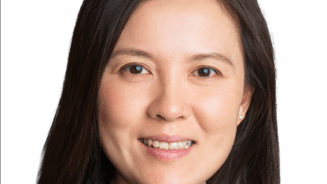“The current equity bull market began in March 2009 and is stretched from a duration and a valuation perspective in a number of markets,” Pedley said.
“In the latter stages of a bull market, and after a volatile start to the year, consider re-balancing out of assets which have relatively high correlation to the market movement into relatively low correlation assets.
“Affluent investors in Asia can anticipate an uptick in volatility amid policy divergence.”
The bank laid out four themes covering all asset classes that it expects to shape investment decisions in 2016.
"The Chinese government is likely to continue to loosen monetary policy, benefiting both onshore and offshore listed Chinese equities. The reallocation of wealth from deposits to equities by Chinese investors is another ongoing driver”
Low-yielding bonds. Expect low bond yields in Europe and Japan. Central banks in those economies are expected to keep loose monetary policies. In the US, the rate hike is expected to drive down US treasury bond yields.
“This provides a platform for opportunities in dividend stocks, longer-dated.”
Global to local. The bank sees slowing global trade and regional trade. But domestic demand for key markets worldwide shows “pockets of strength”. Countries and companies are emphasising domestic production over imports as they try to spark growth.
“Localisation can also be potentially negative, however, and we believe possibility of a British exit from the European Union at a planned referendum later this year may contribute to an underperformance by the pound and UK stocks versus their global peers.”
China’s volatile transition. Expect volatility in China’s markets, but the economic transition that is well underway is a longer-term positive.
“We believe the current slowdown in growth can be arrested by fiscal and monetary tools without creating a new credit bubble or causing a currency devaluation.”
China’s shift from an export-based economy to one based on domestic cosumption continues as the services sector improves, the bank said.
“A wealthier consumer will travel more, while already improving retail spending should support the Chinese H-shares market,” the report said. “A focus on sustainability of growth is likely to lead to increased investment in education and green initiatives.”
The Chinese government aims for a sustainable 50% of GDP coming from domestic consumption. In the US, private consumption accounts for around two-thirds of the economy.
No more BRICs. Widely diverging fundamentals between Brazil, Russia, India and China have clearly broken up the BRIC economies as a single investment class, the bank said.
The bank cited “major differences between these countries in growth and inflation, rising but different levels of debt, varying commitment to reforms and exposure to commodity prices.
“At this point, we remain selective, with a preference for Asia.”




